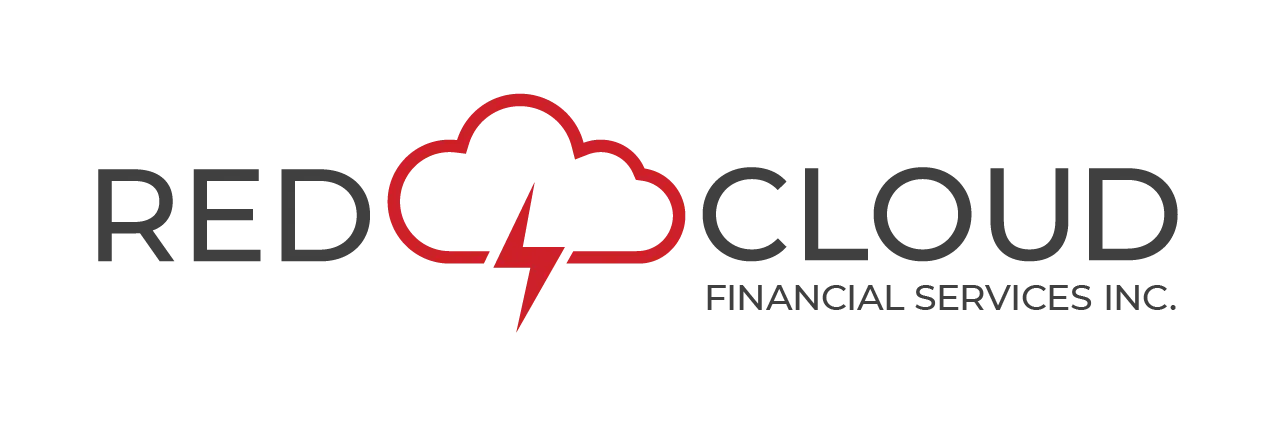By: David A. Talbot, Managing Director, Head of Equity Research, Red Cloud Securities.
We view a positive short and long-term outlook for nuclear power and small modular reactors given proactive government policies, improving public acceptance, better economics, climate change impacts, and security of energy supply. This positive nuclear power outlook has resulted in additional uranium demand and higher prices. We saw an evolution of uranium price appreciation drivers during 2023, with consistent price gains at first, gaining more speed by September through YE23, with ongoing price spikes continuing into 2024. Uranium miners need incentives to develop new mines, accelerate new development and make discoveries, and failing that, not all nuclear utilities will receive the uranium that they need to keep their reactors in operation. We are starting to see some of that incentive as exploration and mining projects are being taken off the shelf, new exploration companies are emerging, and equity investment into uranium stocks continues at a torrid pace.
Uranium prices rose 110% to US$101/lb U3O8 since the start of 2023. Supply/demand early in 2023 was partially driven by physical uranium purchases. By Q3/23 uranium prices were driven largely by utility and later financial entity demand, while Q4/23 uranium price spikes were due to speculation surrounding positive US Government funding and policies, with added speculation surrounding a potential Russian uranium import ban. Q1/24 uranium price fluctuations appear somewhat more volatile in both directions but are biased to the upside on supply side disruptions.
Positive performance early in 2023 was partially attributed to physical uranium purchases, but that was done by April. Positive news from the nuclear power industry was incremental…we saw a reversal of early plant retirements, additional life extensions, and even power uprates which led to added uranium demand. The EU taxonomy now includes nuclear as an environmentally sustainable investment, leading to broader interest from investors. This influenced consistent yet positive price movement until the World Nuclear Association Symposium in early September. Uranium rose to US$60.75/lb by then. But WNA provided a wake-up call to the nuclear utilities; in over 16 years of attending the conference, we had not heard such a positive message coming from what is typically a conservative group: nuclear power was growing at a quicker rate than previously anticipated, not all utilities would procure the uranium they require, and demand was finally driving the sector. Uranium prices started to accelerate upwards, rising to about US$70/lb by the end of the month. Utility demand, and physical purchases by investment funds resumed for the first time in seven months.
Uranium prices again spiked to US$91/lb by YE23. December was a particularly exciting month for those watching spot prices. US Government support increased with the approval of the Nuclear Fuel Security Act, now attached to the National Defence Authorization Act, essentially assuring its approval. This foreshadowed increased government spending for the nuclear and fuel cycle industries. Just the threat of banning Russian uranium helped drive prices through US$90/lb. The Russian Uranium Imports Act that is still moving through Washington with near unanimous support, with final approval only (temporarily?) hung up on a non-related issue, added fuel to the fire. A ban on Russian uranium would halt imports within 90 days (in absence of a waiver), with no further imports allowed by 2028. The U.S. uses ~47M lbs U3O8 annually with ~20-24% coming from Russia. We would expect the Russians would cut off all uranium supplies to the USA upon passage of the bill to punish the U.S. when most vulnerable to the change of circumstances. That said, considerably higher uranium and enrichment prices may make such a move economically unfeasible for the Russians.
2024 uranium price momentum continues. Prices peaked at US$107/lb and are at US$101/lb (at time of writing). The Russian uranium import ban is still pending but stalled, thus we believe that real supply-demand issues are back to driving spot price appreciation and incentivizing uranium equity investment. Supply side challenges had an impact including hiccups at McArthur River, an incident at McClean Lake mill that may have flown under the radar and halted Cigar Lake production for about a week, but most impactful is ongoing news from KazAtomProm (KAP, Nofret Rated). KAP, which warned of issues supply in January and reduced guidance by 14% or 9.1 M lbs in February on hard-to-find sulphuric acid supplies. Both KAP news events impacted spot uranium prices and sentiment of uranium investors, particularly for those looking at exploration stocks whose recent performance has caught the earlier share price movements by producers and developers.
Positive trends are clearly visible. Nuclear capacity growth is higher than anticipated. We are seeing a strong recovery in the uranium market and are starting to see that incentive creep into the uranium mining and exploration industry, partially due to mainstream media interest. Strengthening government policies, ongoing supply side challenges, and overall general acceptance of the nuclear industry should help maintain, if not increase the momentum of rising uranium prices and investor interest. Much like 2005-2007, new uranium explorers are literally emerging daily. At least this time around these companies seem to have more uranium exploration experience than last cycle. Plus, uranium price movements are more due to real uranium demand, rather than sheer speculation of a nuclear renaissance. We suggest investors look at a basket of companies that boast strong exploration teams and good projects. With increased uranium equity funding, and more seasoned explorers, we anticipate numerous and much needed discoveries in coming months. Too much too soon isn’t likely…uranium discoveries can take a decade or more to get into production.



